Pisonia alba, commonly known as the White Pisonia or Catchbird Tree, is a species of flowering tree native to tropical regions of the Pacific, including Australia, Southeast Asia, and the Pacific Islands. Here is a detailed description of Pisonia alba:
**Appearance**
Pisonia alba is a medium to large-sized tree that can grow up to 50 feet (15 meters) in height. It has a dense and spreading crown with thick, leathery, oval-shaped leaves that are dark green and glossy. The leaves are arranged in an alternate pattern along the branches. The tree produces small, inconspicuous flowers that are followed by green, fleshy fruits that turn yellow when ripe.
**Habitat and Cultivation**
Pisonia alba is typically found in coastal areas, including sandy beaches and rocky shores. It thrives in tropical climates with warm temperatures and high humidity. It prefers well-draining soil and can tolerate salt spray and windy conditions. Pisonia alba can be cultivated in suitable tropical and subtropical regions as an ornamental tree or for reforestation purposes.
**Ecological Role**
Pisonia alba plays an important role in coastal ecosystems. Its dense foliage provides shade and shelter for various bird species, including nesting sites for seabirds. The tree’s common name, Catchbird Tree, comes from the sticky fruits that can entangle and trap birds. The fruits are dispersed by birds, which aid in seed dispersal and contribute to the tree’s natural regeneration.
**Uses**
Pisonia alba has limited uses for humans. The wood is relatively soft and not commonly utilized for commercial purposes. However, in some regions, the bark and leaves are used in traditional medicine for their potential therapeutic properties. The tree is primarily valued for its ecological contributions, providing habitat for wildlife and contributing to coastal ecosystems.
**Caution**
It’s worth noting that the sticky fruits of Pisonia alba can cause discomfort and irritation to humans and animals due to their adhesive properties.
**Conclusion**
Pisonia alba, or White Pisonia, is a tropical tree known for its dense foliage, sticky fruits, and ecological significance. With its glossy leaves and spreading crown, it adds beauty to coastal landscapes and provides important habitat for birds and other wildlife. Although it has limited uses for humans, its contributions to coastal ecosystems make it a valuable and appreciated tree in its native habitats.

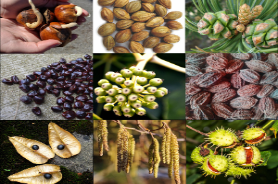





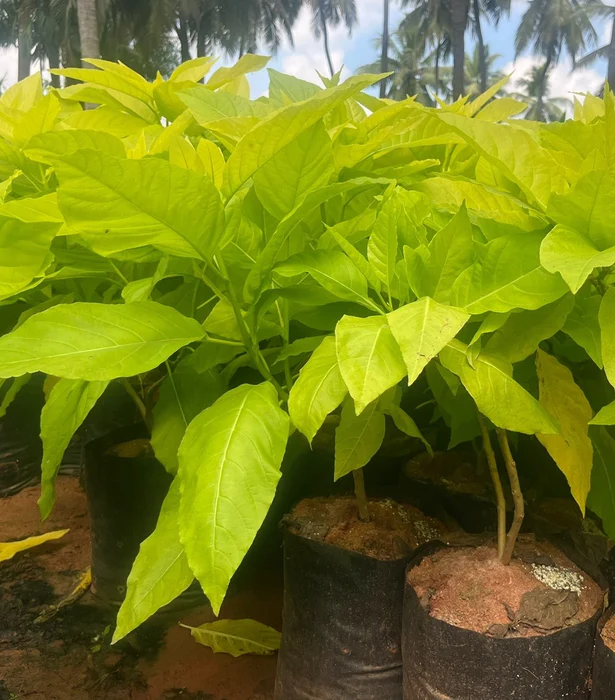


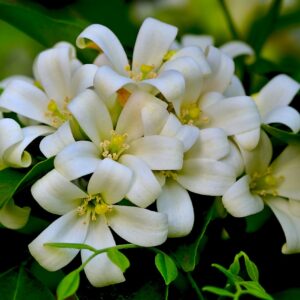
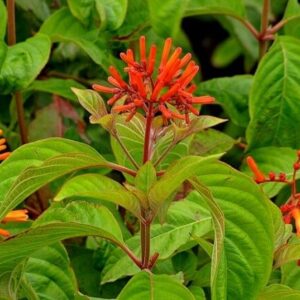
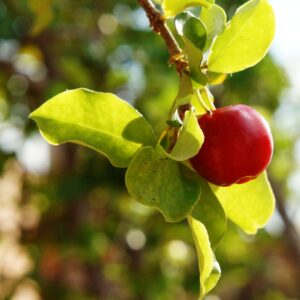
Reviews
There are no reviews yet.